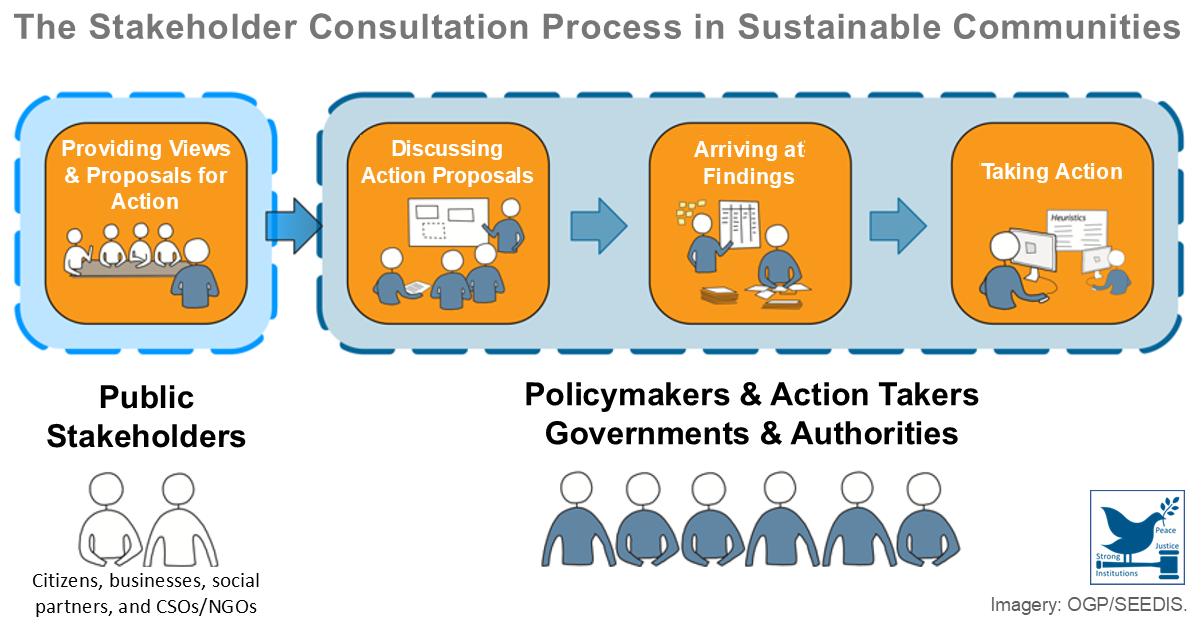The three most common ways commercial property leases are structured are:
- Triple-net lease – A commercial real estate lease in which the lessee pays the base rent, utilities, cleaning costs as well as the operating costs that arise from the use of commercial real estate, namely property maintenance, insurance and taxes – the three “nets”, it being the most common structure for single tenant offices and industrial buildings;
- Modified gross lease – A commercial real estate lease in which the tenant pays the base rent, utilities and cleaning costs while the landlord pays the operating costs of maintenance, insurance and property tax on the leased real estate; and
- Full-service commercial real estate lease – A commercial lease in which the rent inCommercials all of the tenant’s cost of occupancy, including utilities and cleaning as well as property maintenance, insurance and taxes, it being commonly used for commercial office space for lease in multi-tenant mid-to high-rise office buildings.
| Commercial Property Leases and Tenant Risk |
 Source:
|
Under a triple-net lease, the landlord has very limited responsibilities for the ongoing property expenses, while with an NNN lease lessees bear the greatest risk of increased costs. By the same token, a full-service CRE lease exposes the lessee to the least risk of increased costs.
It may be possible for a tenant to negotiate a commercial lease with rental caps, which limit the amount the tenant must pay. Also, cost protection may be negotiated to limit increases in insurance premiums and maintenance expenses as well as any new taxes or an increase in taxes beyond a certain point. The tenant’s right to sublease property must also be agreed.


Leave A Comment
You must be logged in to post a comment.